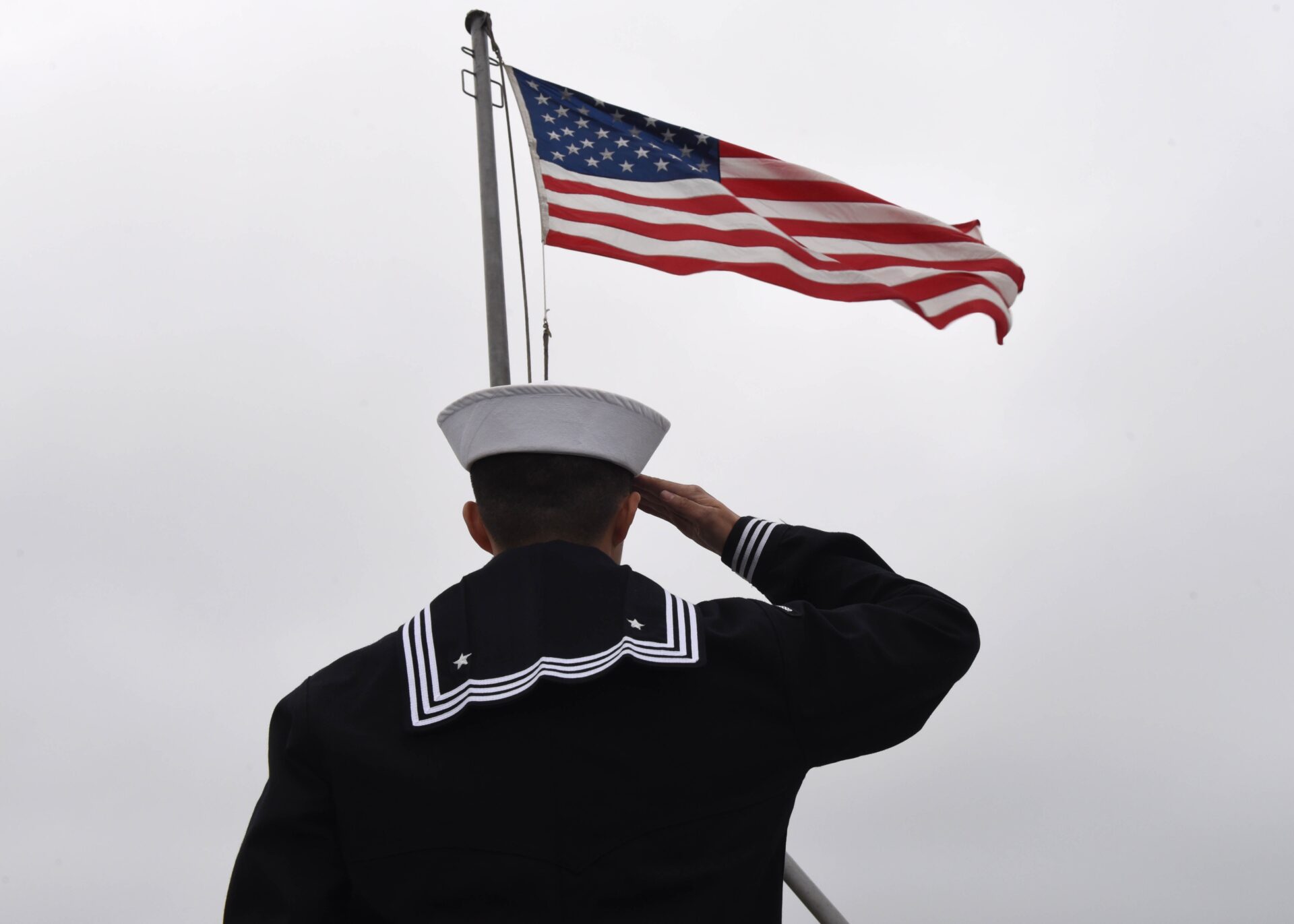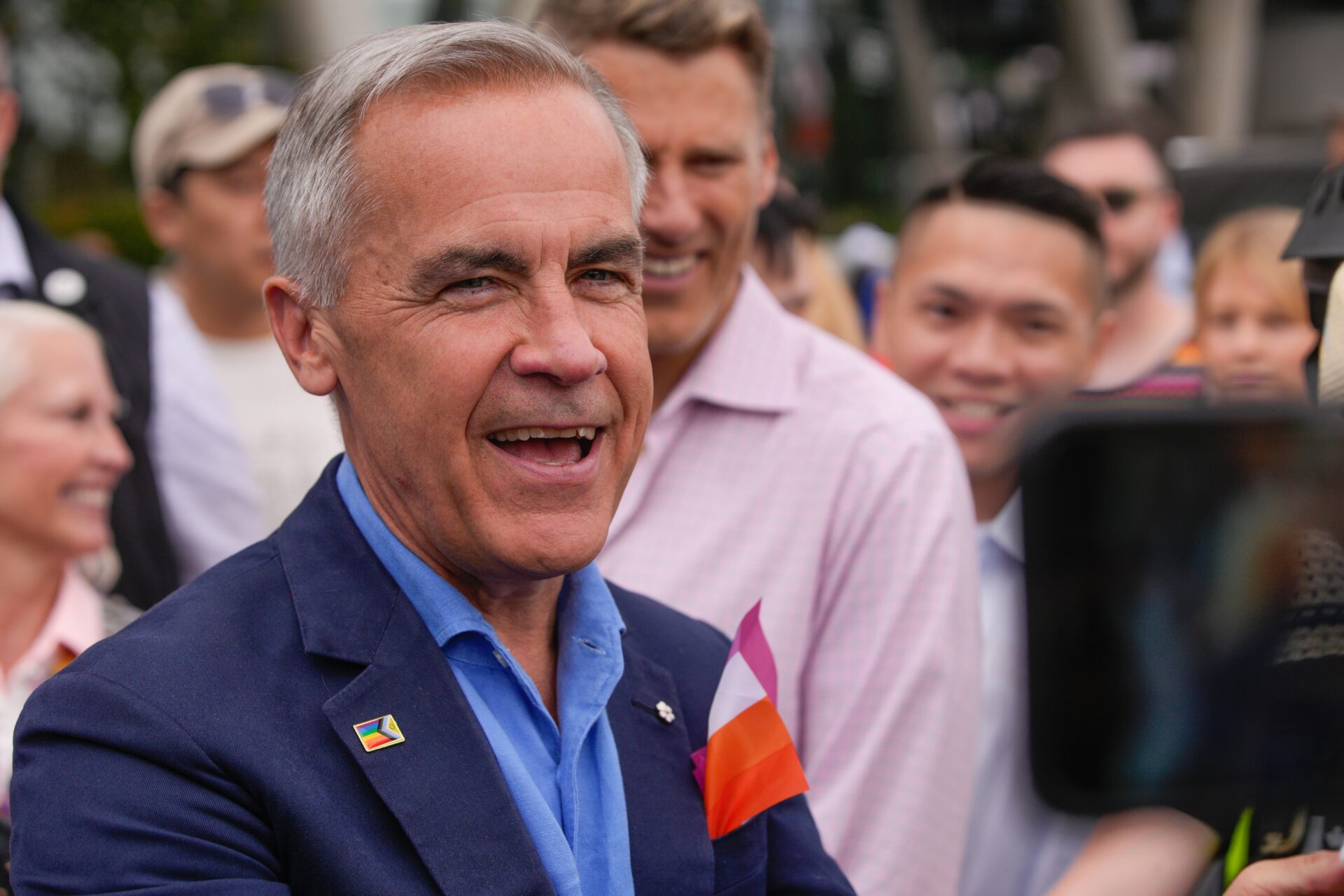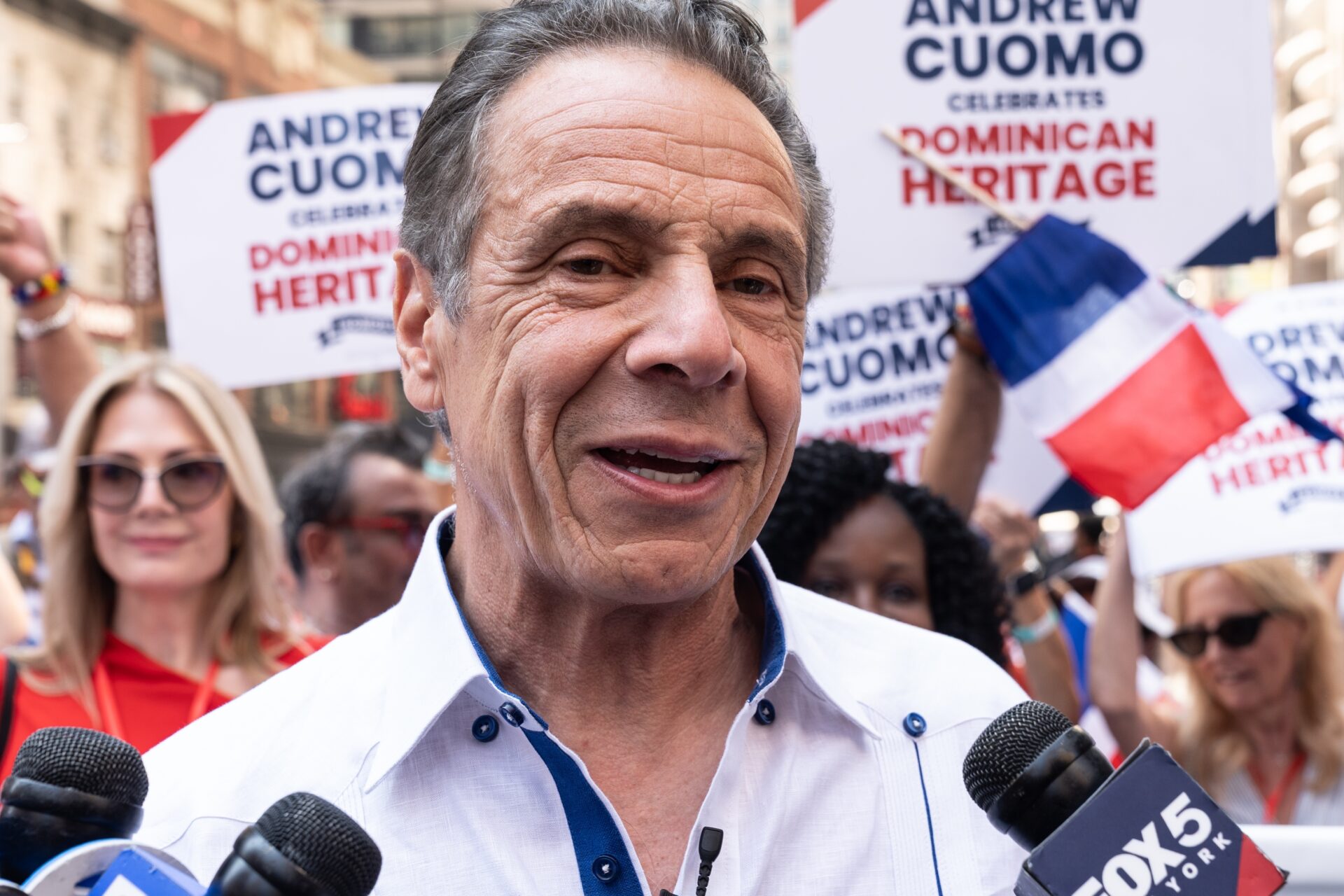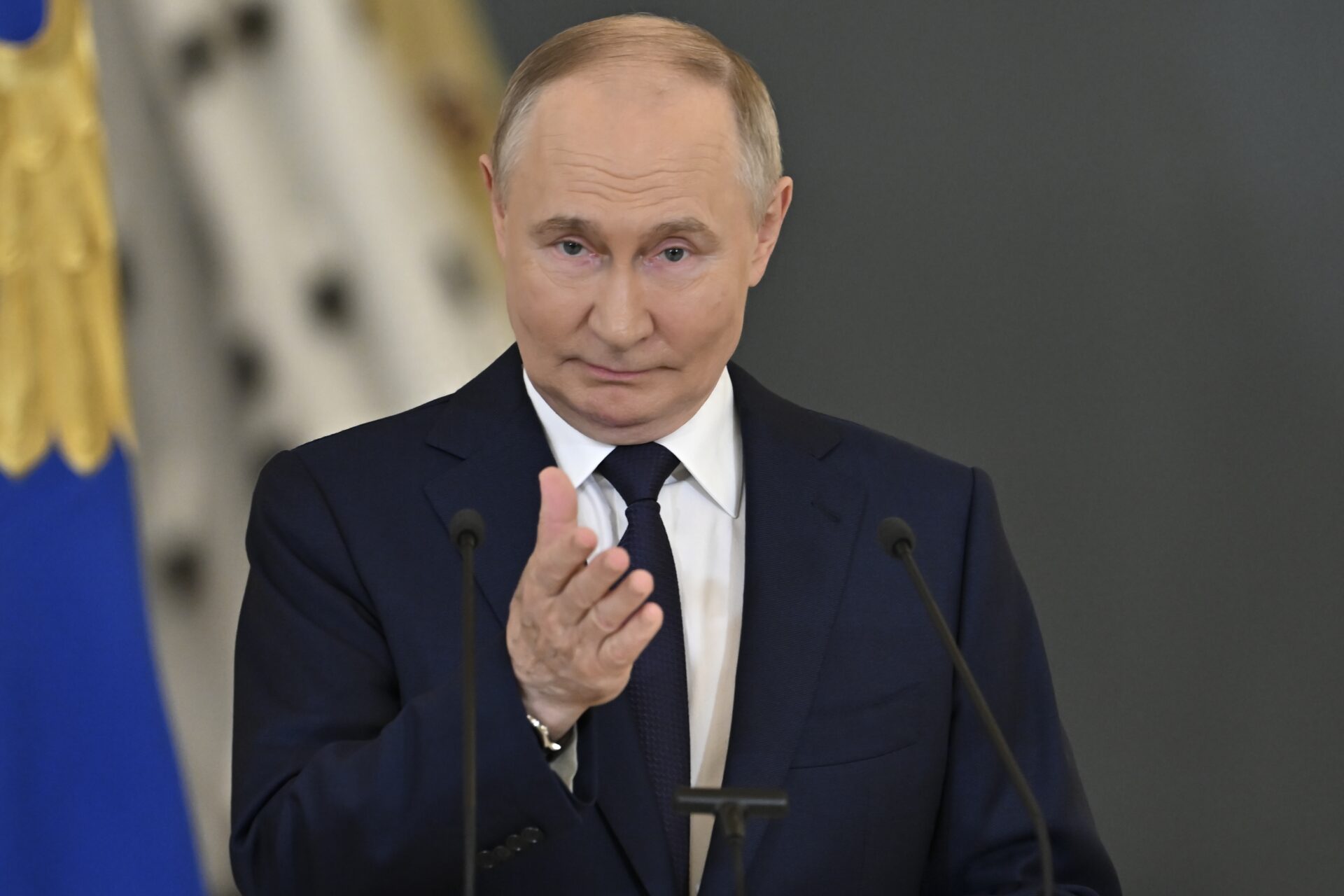
Trump’s NAVAL GAMBIT! Drugs vs Diplomacy?
A sudden surge of U.S. naval forces in the Southern Caribbean has unsettled the region as officials and analysts debate whether the buildup is really aimed at drug cartels or intended to pressure Venezuela’s government.
At a Glance
- The U.S. deployed seven warships, a nuclear-powered submarine, and more than 4,500 personnel to the Southern Caribbean in August 2025.
- The Trump administration says the mission targets drug cartels and transnational criminal networks.
- Analysts highlight that most narcotics routes into the U.S. pass through the Pacific or by air, not via Caribbean waters.
- Venezuela denounced the move as “gunboat diplomacy” and a sovereignty threat.
- Experts say the force is notable but insufficient for invasion, signaling political intent more than operational goals.
Strategic Shifts Under Scrutiny
The deployment includes seven warships, a fast-attack nuclear submarine, and more than 4,500 sailors and marines. Washington described the mission as a counter-narcotics operation designed to disrupt criminal-terrorist groups operating in the region.
Watch now: US Warship ‘Crosses’ Panama Canal As Trump Weighs … · YouTube
Experts question the rationale, noting that most narcotics bound for the U.S. move along Pacific maritime corridors or by clandestine aircraft flights over Central America. Caribbean waters account for a smaller share of trafficking, making the scale of this mission unusual when measured against the stated objective.
Venezuelan Response
President Nicolás Maduro condemned the buildup as a violation of sovereignty, while senior officials including Diosdado Cabello and Samuel Moncada warned of a deliberate act of intimidation. Observers described the operation as a modern iteration of “gunboat diplomacy,” suggesting that the intent was to signal political pressure rather than conduct active interdiction.
The operation follows Washington’s decision to raise its bounty on Maduro to $50 million, doubling the previous figure. By linking financial measures with visible naval deployments, the administration appeared to combine legal, economic, and military tools in a coordinated pressure campaign.
Symbolism Versus Capability
Military analysts argue that the force structure does not support invasion. A full-scale offensive would require tens of thousands of troops, extended logistical preparation, and formal authorization that has not been given. The deployment goes beyond normal patrol levels but falls short of a war posture.
Instead, the operation seems intended to reassure domestic audiences of a firm policy on narcotics while signaling regional dominance. The inclusion of a nuclear submarine, disproportionate to counter-cartel operations, reinforces the perception that symbolism outweighs operational necessity.
Regional Ripples
Neighboring countries are watching carefully. Colombia, a close U.S. ally, voiced support for the patrols, while other Latin American and Caribbean governments expressed concern about the destabilizing potential of such a buildup. Shipping industries have raised questions about possible disruption of commercial traffic through major maritime routes.
Analysts note that the ambiguity of the mission creates uncertainty for partners and rivals alike. Although the U.S. frames the buildup as counter-narcotics, its scale and timing suggest a broader political signal directed at Caracas. For now, the maneuver demonstrates Washington’s ability to shift assets quickly, but it highlights the limits of military pressure when regional consensus is lacking.
Sources
Reuters
The Washington Post
Associated Press


